Trial plan allows developers to transfer GFA between sites
By Hannah JeongThe Town Planning Board (TPB) has recently introduced the Plot Ratio Transfer Pilot Scheme, a new planning tool to promote urban regeneration which will be used in Yau Ma Tei and Mong Kok. The pace of renewal has slowed in these districts, and the buildings are not getting any younger. The scheme allows property owners, including private developers and the Urban Renewal Authority (URA), to transfer permissible gross floor area between sites. Suggested by the URA, the plan hopes to incentivise private sector initiatives and preserve buildings of significant value.
The arrangement encourages developers to launch residential, commercial or composite redevelopment projects on strategically located sites with high redevelopment potential and convert sites of low redevelopment potential into open space and other Government, Institution & Community (GIC) facilities.
Developers can potentially enhance their returns by constructing more residential units. At the same time, they can fulfil their social responsibility by improving the district environment and benefiting the community. However, as with any new endeavour, there are potential issues to consider. Let’s take a closer look at the benefits and challenges of this new scheme.
Plot Ratio Transfer Pilot Scheme Overview
The Plot Ratio Transfer Pilot Scheme allows the transfer of permissible gross floor area (GFA) from sending sites (SS) to receiving sites (RS) within the same Outline Zoning Plan (OZP). The transferable GFA can add up to 30% of the maximum GFA permitted for the RS. The scheme allows a minor relaxation of the plot ratio or GFA restriction and enables the interchange of domestic and non-domestic GFA upon transfer.
The strategy has specific requirements for sending and receiving sites. Sending sites must have low redevelopment potential, accommodate high preservation value buildings, or be suitable for conversion to open space or GIC purposes. Receiving sites must be strategically located and have a large area, preferably exceeding 10,700 sq. ft., to ensure better accommodation of the transferred GFA, improved layout and building design, and sufficient amenities.
It is worth noting that although full ownership of sites is not a prerequisite for obtaining planning permission, it is mandatory to take advantage of the Plot Ratio Transfer Pilot Scheme, which includes lease modification, land exchange, and building-plan submission. Joint ownership is permissible for this purpose. Additionally, the scheme allows for the inclusion of residual government land to optimise land resources, subject to the approval of the Board and the Land Authority.
The scheme’s application process involves preparing a proposal, attending a sub-application meeting, submitting the application and awaiting the TPB’s approval. The TPB is required to reply within two months of submission.
In the sub-application meeting, related departments may comment and express their concerns regarding the application. These meetings can provide insight for the applicant.
Benefits
The Plot Ratio Transfer Pilot Scheme will likely benefit Yau Ma Tei and Mong Kok, encouraging the URA and private developers to launch large-scale redevelopment projects in these areas while improving the district environment by converting sending sites to open space or GIC facilities.
Often, smaller plots, old, single or tenement buildings struggle to attract investors, given that they are almost impossible to develop. Owners are left in limbo as newer buildings are constructed all around them. The new plan encourages developers to buy such sites and convert their GFA to more significant developments, increasing their profits. Such activity would revitalise the neighbourhood, create new jobs, and enhance residents’ quality of life while compensating the often elderly landowners.
The blueprint could also do its part to address Hong Kong’s shortage of district housing. Allowing GFA to be transferred from low-value sending sites to large receiving sites will likely facilitate the construction of more residential units in strategic locations, improving accessibility and addressing the communities’ housing needs.
Potential issues
Although the scheme’s benefits are clear, it also has potential issues:
Insufficient guidelines on GIC facilities. Although construction and operating GIC facilities on the sending site can be negotiated between the developers and the relevant government departments, the current guidelines and details are insufficient. The lack of clear direction on operating GIC facilities, such as community centres, healthcare facilities, and privately-owned elderly homes – including fee structures – poses a challenge. This is particularly important in areas like Yau Ma Tei and Mong Kok, where residents typically have lower incomes. The GIC’s profitability may not be guaranteed for the developers, which could limit their initiatives in constructing such facilities. Without any profit gains through operating GIC facilities, developers may opt to convert sending sites into open spaces instead of building GIC facilities.
Limited transfer scope. Moreover, the scheme’s purview is limited to transferring GFA within the same Outline Zoning Plan. Expanding it to include nearby sites not part of the same OZP could offer more flexibility to the applicants and provide a broader range of options for private developers, increasing their willingness to participate.
The scheme will be reviewed around 2025 and may be extended to include the Sham Shui Po and Tsuen Wan.




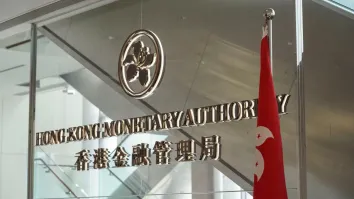

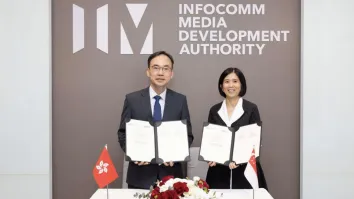
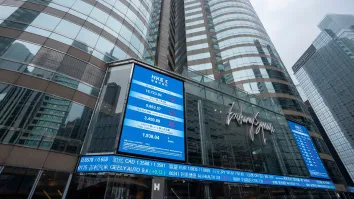



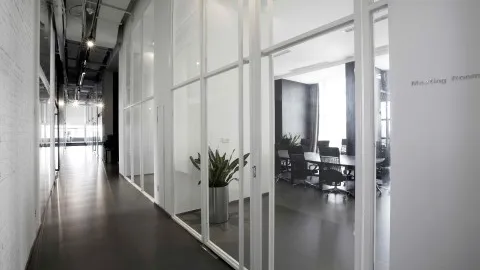




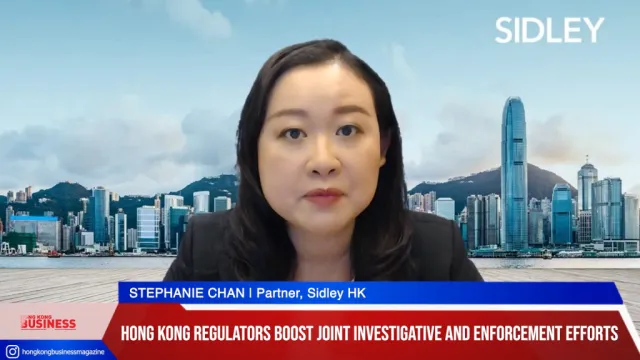
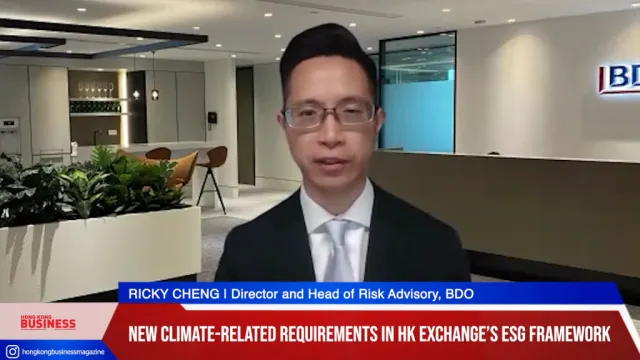
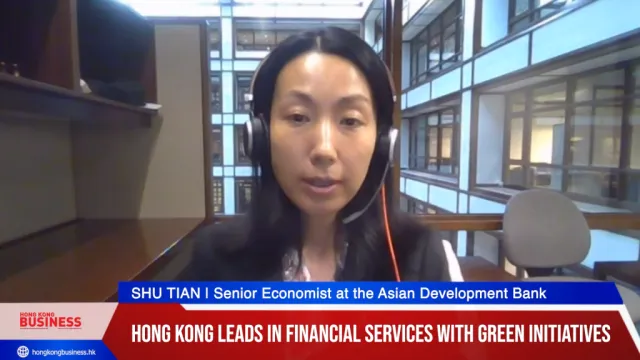

 Advertise
Advertise






